PPT-NOTES: Americans Revolt!
Author : pamella-moone | Published Date : 2017-10-30
Britain Imposes New Regulations on the American Colonists Why British victory in French and Indian War results in more territory which means more problems and
Presentation Embed Code
Download Presentation
Download Presentation The PPT/PDF document "NOTES: Americans Revolt!" is the property of its rightful owner. Permission is granted to download and print the materials on this website for personal, non-commercial use only, and to display it on your personal computer provided you do not modify the materials and that you retain all copyright notices contained in the materials. By downloading content from our website, you accept the terms of this agreement.
NOTES: Americans Revolt!: Transcript
Download Rules Of Document
"NOTES: Americans Revolt!"The content belongs to its owner. You may download and print it for personal use, without modification, and keep all copyright notices. By downloading, you agree to these terms.
Related Documents

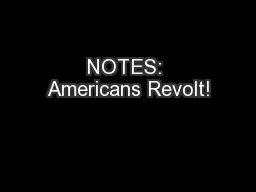
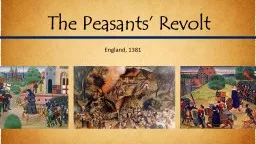
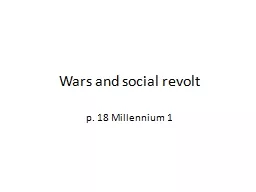
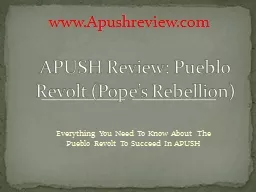

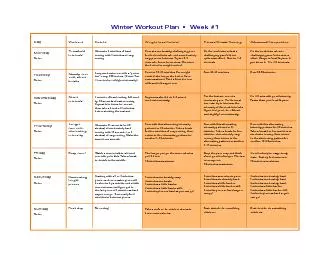
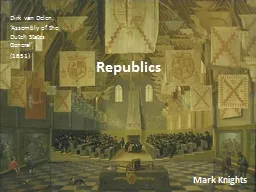



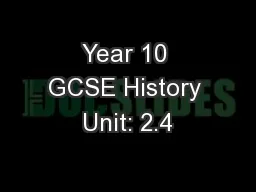
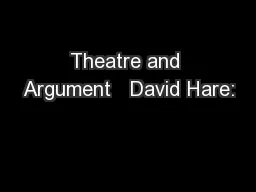
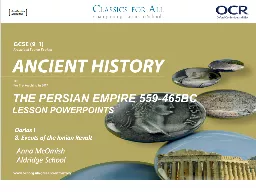
![[PDF READ ONLINE] The Permanent Tax Revolt: How the Property Tax Transformed American](https://thumbs.docslides.com/1017616/pdf-read-online-the-permanent-tax-revolt-how-the-property-tax-transformed-american-politics.jpg)